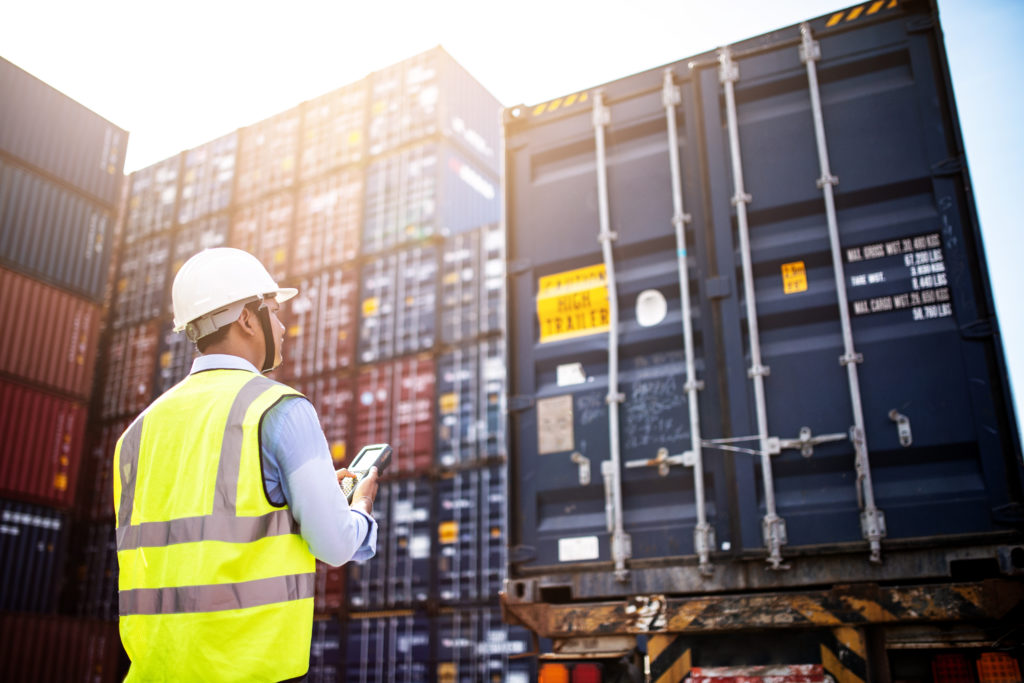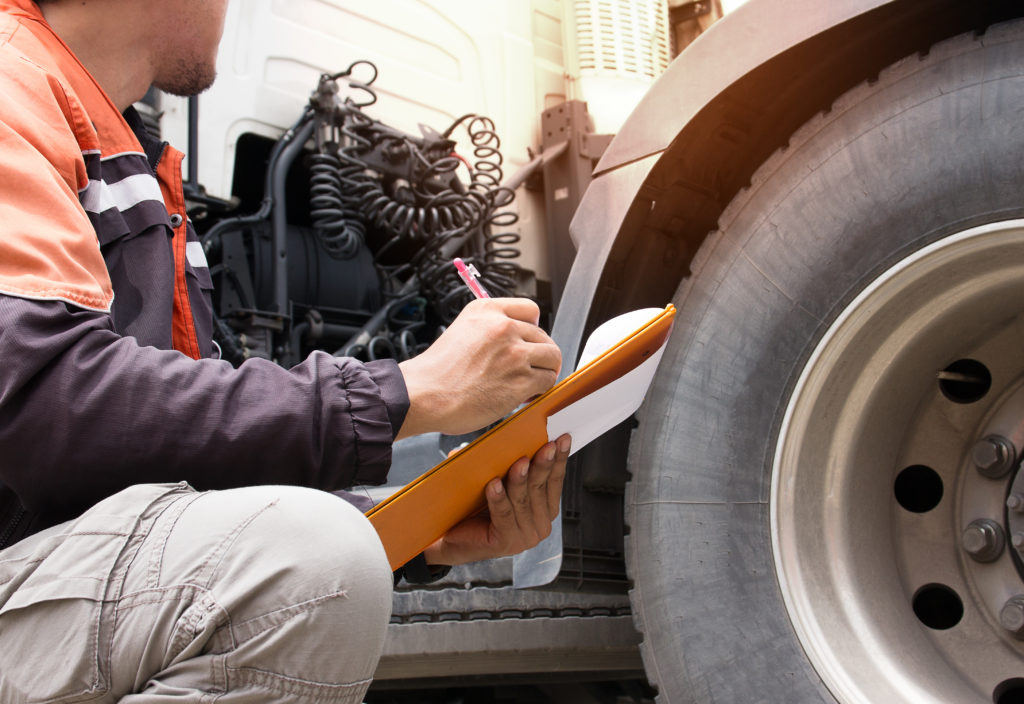
At the top of the pandemic and the beginning of its effects in the United States, overall numbers of miles traveled dropped significantly. The trucking industry experienced a similarly dramatic drop, meaning, at least during that time, that more trucks gathered dust and fewer needed insurance.
As highway traffic congestion declined, truckers that were not furloughed could reach their destinations much more quickly, and, with lower crash risks, trucking companies struggling against consistently-growing insurance costs saw a brief period of relief.
Still, though, trucking insurance professionals knew that the reality of fewer accident risks and lower insurance rates would not last long.
“We saw…a definite decrease in April and May in reportable frequency of accidents due to [less] traffic on the road and not nearly as much congestion,” said Lockton Cos. senior vice president and transportation team leader, Matt Payne. “But that has normalized into the fall.”
However, hot spots with higher rates of traffic accidents have seen lower congestion levels, making deliveries easier for fleets.
“In densely-populated urban areas…you could make an argument that COVID-19 has created a better delivery environment because it’s easier to get in and out [of those areas],” said Scopelitis president and managing partner, Greg Feary. “Everything from serious accidents [to] fender benders has been reduced.”
Still, Feary agrees that that the insurance market will not have any lasting changes as a result of the pandemic, and in regards to non-COVID-related issues, insurance prices have still continued to rise.
“It’s kind of a blip in time,” said Feary in relation to truck fleet risk exposure in the era of COVID-19. In commercial trucking, carriers have not provided rebates, as has been the case for other kinds of carriers.
“We did see fewer cars on the roadways, which was helpful to truck drivers, who had to deal with less traffic and congestion–and fewer accidents,” agreed CFI president Greg Orr in regards to his carrier’s experience during the pandemic.
This ease in congestion and crashes was short-lived, as insurance rates can be driven up by other more permanent factors. One growing trend is that of “nuclear verdicts,” which bring awards of at least $10 million in truck crash-related cases.
To support claims of poor company practices, dangerous driver behavior, or institutional negligence that could cause serious and fatal accidents, attorneys dive deep into company history, practices, documentation, and operation–often finding more than enough evidence to secure a high payout.
It has also been a difficult time for insurance companies themselves, with fewer providers now wanting to create trucking company policies–leading to higher premiums by those who do provide these plans.
“The trucking insurance market has not seen a profit in quite some time,” according to Hudson Insurance Group senior vice president and head of commercial auto, Chris Homewood. Even though insurance prices are climbing, the industry has still been paying out between $1.03 and $1.12 for each dollar of revenue over the last decade, Homewood estimates.
“We will continue to see less [insurance] capacity, less coverage available,” Homewood explained, while what is currently available will continue to cost more as total claim severity and costs rise. “It is more challenging for [trucking companies] to build out their liability limits…where they would want to purchase $100 million in limits, they can only get [quotes on] $40 million. So, capacity is declining.”
In an attempt to curb insurance premium increases, many fleets have been implementing more advanced safety technology to help drivers avoid accidents–such as in-cab camera systems, which comes with driver training and behavior management tools and other supporting software that can keep a trucker safe.
Cameras, in particular, can help carriers “educate [their] drivers to change habits,” and address any dangerous behaviors ahead of time, Homewood explained.
Additionally, some of these systems can also provide recorded video evidence of an event that can prove a driver’s innocence in an accident liability case–another method of reducing claims expenses for trucking companies and their insurance carriers.
Fortunately, underwriters will develop the best and cheapest policies possible for “those motor carriers who demonstrate a strong culture of safety and accountability, particularly those who have skin in the game with self-insurance retention,” Homewood noted.




